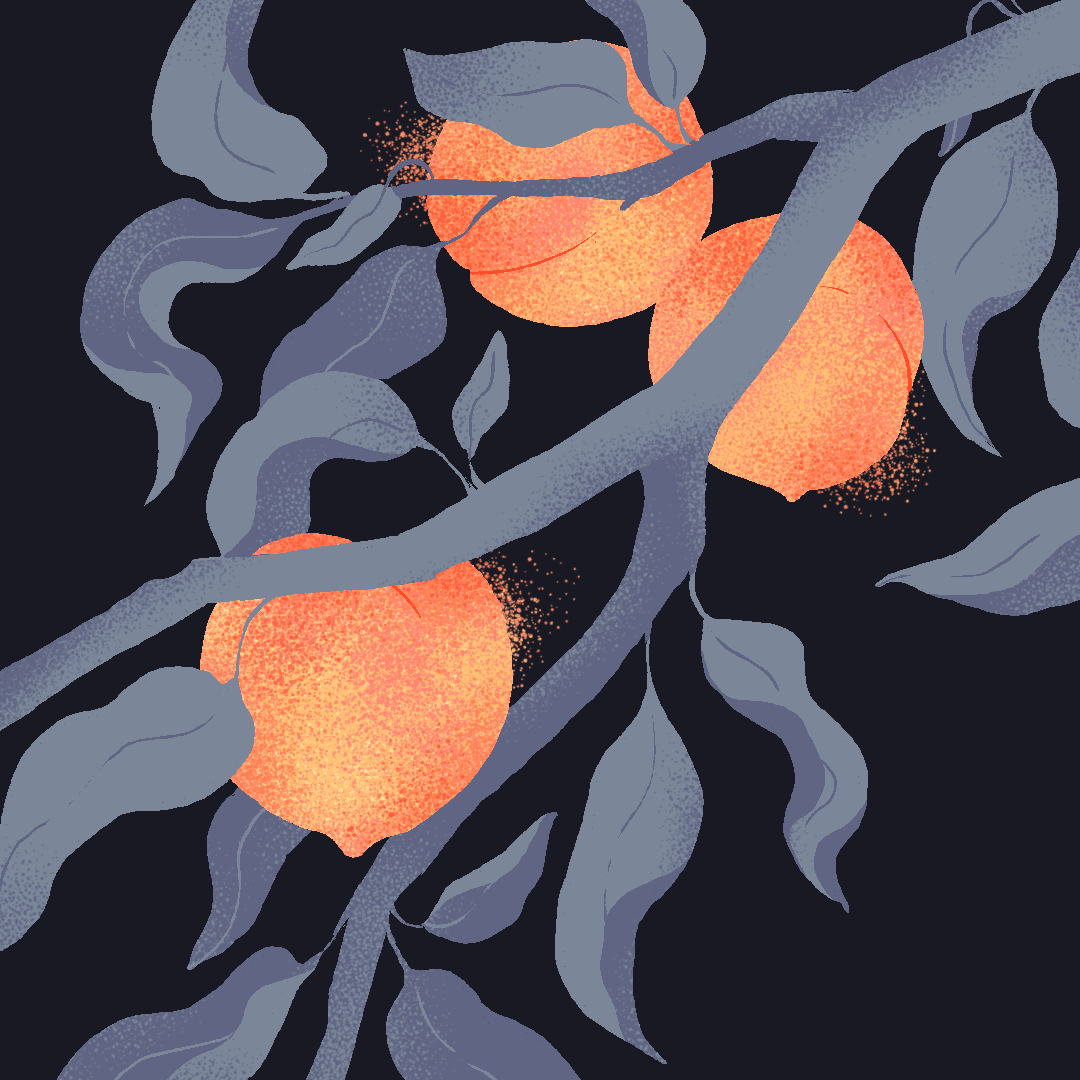Description
The Sexy Cafe
It is a coffee that comes from the region of «SOUTHERN NATIONS, NATIONALITIES AND PEOPLES» in southern Ethiopia. Kambata It's a very beautiful and almost remote area, known for the fact that almost all of Ethiopia's gold is located there. Unfortunately, this causes local tensions between miners and farmers.
It is a purely coffee Forest Coffee, this means that it grows wild in the forest and remains intact over time. Although there is no organic certification for this coffee, we could talk about it as an organic coffee, just like any other coffee from Ethiopia, and there isn't much to justify it beyond the simple story of a poor country.
Traceability remains a challenge in understanding the origins of the products due to marketing through the ECX organization. We also know that it comes from the washing station owned by Samuel Paulos who sold this coffee to ECX, where it was auctioned and purchased by MOPLACO for XorxiosMoplaco purchases this coffee as a dried drupe, and at its facilities it is threshed, cleaned, and classified.
Heleanna Georgalis has been at the head of the company since 2008, She's immersed in the third wave of coffee, personally concerned about the quality of the coffee she exports. She continues her father's legacy and claims to be passionate about this world, where she can experiment with processes and have fun seeing the results.
It's important to emphasize that the uniqueness of Ethiopian coffees lies in the "non-genetic modification" of the coffee plants. In Ethiopia, there are thousands of unexplored varieties, and the known ones remain intact, a point Heleanna emphasizes every time we bring up the topic. Ethiopia is the birthplace; the varieties are specific to each region; scientists have recognized 37 varieties, 34 of which are natural.
We often find that Ethiopian coffee is of the Heirloom variety, which means "ancient root." It doesn't define the variety itself, but rather is a generic term. The variety is named after the region where it grows and where it has been growing for years.It must have the characteristic flavor of the region, meaning it must have a specific cup profile. Although it retains the generic characteristics of Ethiopian coffees, it produces a very different cup profile derived from its natural processing. Hence its complexity when defining.
Kambata is southwest of Addis and was sold as Sidamo until recently; the soils where this coffee grows are volcanic. It's now exported as Kambata, meaning it has its own designation.


